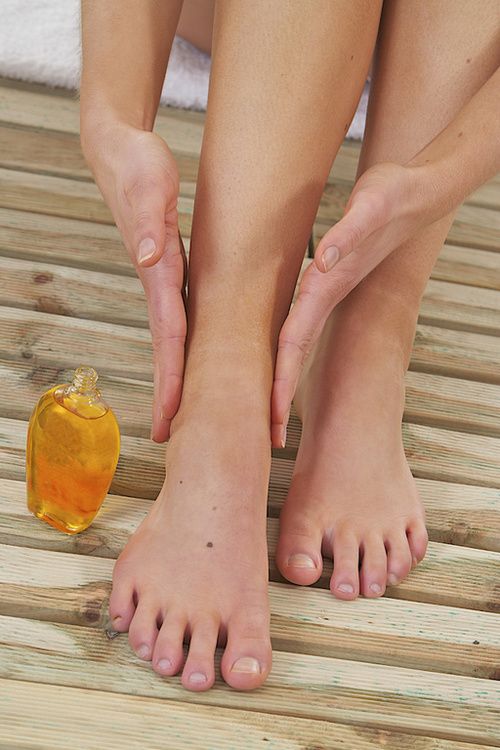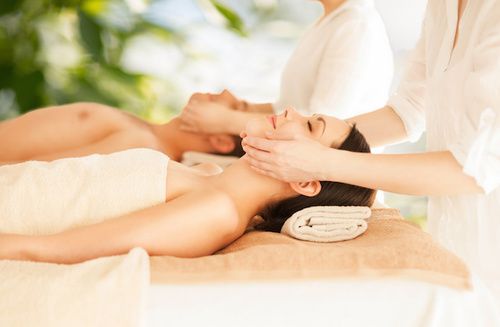Self-massage: technique, benefits and contraindications
Self-massage is a tool of contact with oneself that helps to develop reusable positivity in the relationship with the other. Let’s find out better.
> The self- massage technique
> The session
> Benefits and contraindications of self-massage
> Curiosity

The self- massage technique
In self- massage you are masseurs and recipients simultaneously. Experimenting with the techniques on your own skin means becoming familiar with your ability to feel the body, treating it with pressure and maneuvers of different intensity.
Self – massage aims to restore a condition of balance in the body. Doing it in the morning is ideal, but you can carve out any time of day to make sacred through contact with yourself .
Self – massage should be understood as a small ceremony. It is better to isolate yourself for a few minutes in a quiet place, breathe deeply from the stomach before starting. We remind you that it is good to remove all accessories such as watches, belts, jewels and avoid heavy meals before or after the “ceremony”.
The seat
The self- massage session usually starts from the feet to reach the head . It starts in a sitting position, massaging the foot then the ankle, the lower leg, the knee and the thigh. Lying down with the knees raised, we pass to the pelvic area. Turning sideways, continue with the coccyx, hips, buttocks, abdomen. Always maintaining the extended position, we continue massaging the solar plexus and collarbones, then working in the intercostal spaces.
After treating the hands and arms, we move on to the neck, an area where a lot of tension often accumulates. It is then advisable to sit back and massage the back area of the pelvis. The last part of the session focuses on the face , forehead, scalp.
Also discover the benefits of face massage

Benefits and contraindications of self-massage
Self – massage is a form of consecration, a way to ” open the heart ” towards oneself, it allows you to create a direct bridge towards one’s interiority. Act of trust, a contact tool that develops a reusable positivity in the relationship with the other.
Obviously in the active phase of self-massage it is not possible to experience total abandonment , since the hands continue to massage. However, it is possible to experience interesting forms of relaxation accompanied by delicate and relaxed activity.
Curiosity
Swollen ankles? While seated, leave your feet on the ground completely. Slide the palm of your hand from the foot to the knee, with slow and gentle movements. With the fingertips, massage the ankles with two fingers in a circular fluid motion, 6 times clockwise and 6 more anti-clockwise. Repeat on the other leg.
… If, on the other hand, a cramp leaves you sore and doubtful about what to do, self-massage can be a very useful tool, but must be practiced with caution and after muscle relaxation.
Standing about 50 cm from the wall, place your hands on the wall. Extend the sore leg back, without straining too much. Keep your feet completely flat on the ground. Bend the knee in front and slowly lean against the wall, without lifting the heel of the leg with the cramp. You will feel the calf slowly tense and the cramp go away. Maintain the position for at least 10 seconds: in this phase, breathing is essential, because only through it can the muscle relax and stretch. Finally, pinch or knead the area around the calf to let the blood flow back to the heart .




























+ There are no comments
Add yours